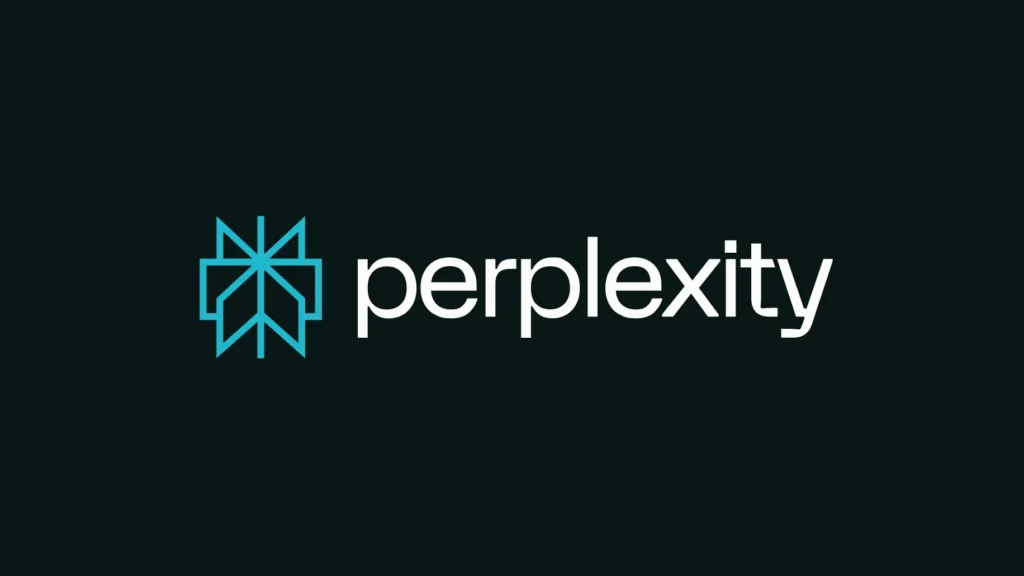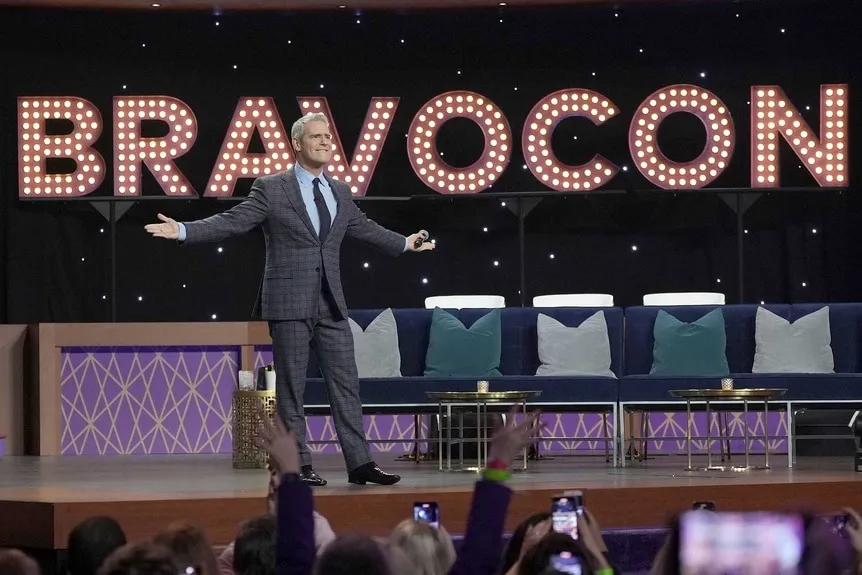Perplexity’s Ad Ambitions Hit a Snag: What Taz Patel’s Departure Means for AI Search and Digital Advertising
In the rapidly evolving landscape of artificial intelligence, every leadership change and strategic pivot sends ripples through the industry. The recent departure of Taz Patel, Perplexity AI’s head of advertising and shopping, after just nine months, is a significant event highlighting the challenges of monetizing cutting-edge AI technology, particularly in the competitive realm of AI-powered search and digital advertising.
Perplexity, an ambitious AI search startup valued at $9 billion, has positioned itself as a challenger to traditional search engines by offering direct answers and comprehensive AI-generated summaries instead of traditional link lists. However, this innovative product strategy faces considerable headwinds on the monetization front, as evidenced by Patel’s short tenure and the reported modest revenue coming from its advertising initiatives.

The Departure: A Sign of Strategic Re-evaluation?
Taz Patel joined Perplexity in December 2024 with the mandate to lead the company’s advertising and shopping efforts. His departure, confirmed in August 2025 by the startup, suggests that Perplexity’s initial marketing strategy for generating ad revenue may not have met expectations. Short tenures among senior executives in the startup world often indicate a fundamental re-evaluation of go-to-market strategies or difficulties in finding product-market fit in monetization.
Patel was instrumental in building out the ad product and engaging media buyers. His exit implies that the advertising model either struggled to gain traction with advertisers or faced other internal challenges. At this nascent stage, Perplexity’s advertising business reportedly brought in modest revenue, with experimentation including partnerships with brands such as TurboTax, Indeed, and Whole Foods. For any venture-backed startup, demonstrating a clear path to profitability via a viable business model is critical, and this modest revenue figure underscores the challenges of converting innovative technology into sustainable income streams.

Perplexity’s Vision vs. Advertising Reality
Perplexity’s core value proposition lies in delivering concise, AI-generated answers—moving beyond traditional link lists to directly address user queries. This product differentiation is compelling for users; however, integrating advertising without undermining user experience or the brand’s promise of unbiased information remains challenging. Unlike established search engines such as Google, which have decades of experience integrating ads seamlessly via vast user data and sophisticated ad networks, Perplexity’s advertising strategy must innovate new formats, such as sponsoring related questions or placing contextual display ads adjacent to AI-generated content.
At a premium CPM rate above $50 per thousand impressions, Perplexity targets a selective, high-quality audience. Yet, attracting advertisers to a relatively new platform requires significant investment in sales, ad tech infrastructure, and proving clear returns on investment. The reported modest revenue suggests Perplexity is still building scale, testing ad formats, and convincing advertisers to allocate budgets away from established giants.
The Broader AI Landscape and Monetization Hurdles
Perplexity’s monetization challenges are not unique. Many AI innovators grapple with effective revenue models. While AI unlocks new opportunities for marketing automation, content generation, and personalization, directly monetizing AI-driven search through advertising faces steep competition. Google dominates search advertising, and many AI companies like OpenAI emphasize enterprise solutions, API access, or subscription tiers as primary revenue drivers.
Building a robust ad tech stack and advertiser-grade products demands substantial resources and industry experience. AI startups often prioritize perfecting core technology, sometimes at the expense of business model development. This highlights a key lesson: groundbreaking AI products must be paired with effective, scalable monetization strategies to succeed financially.
Mounting Legal Challenges: An Added Pressure
Beyond advertising difficulties, Perplexity faces mounting legal challenges that compound operational complexity. In 2024, major media companies including Dow Jones (The Wall Street Journal), New York Post, and The New York Times filed lawsuits alleging copyright infringement and unauthorized content scraping, claiming Perplexity uses their content without permission or compensation. These legal battles allege that Perplexity’s AI answers improperly replicate content and infringe trademarks, harming publishers’ revenues and reputations.
Such litigation can divert resources, harm brand reputation, and create reluctance among advertisers to partner with a company perceived as legally embattled. These pressures complicate Perplexity’s ability to scale and innovate its advertising offerings at a critical growth stage.
What’s Next for Perplexity and Lessons for the Industry?
Taz Patel’s departure forces Perplexity to re-examine its digital advertising approach. The startup may pivot toward alternative monetization models like premium subscriptions—evidenced by its Comet Plus subscription that shares revenue with publishers—or enterprise services, similar to other AI peers. Alternatively, Perplexity could bring in new leadership to revive and innovate its ad business.
This episode underscores an important insight for the AI and marketing industries: even revolutionary AI technology requires masterful execution in advertising strategy, deep understanding of advertiser needs, capable ad tech infrastructure, and navigation of complex legal and competitive environments to achieve sustainable revenue growth. Perplexity’s journey will provide a valuable case study on translating AI innovation into viable business success.


